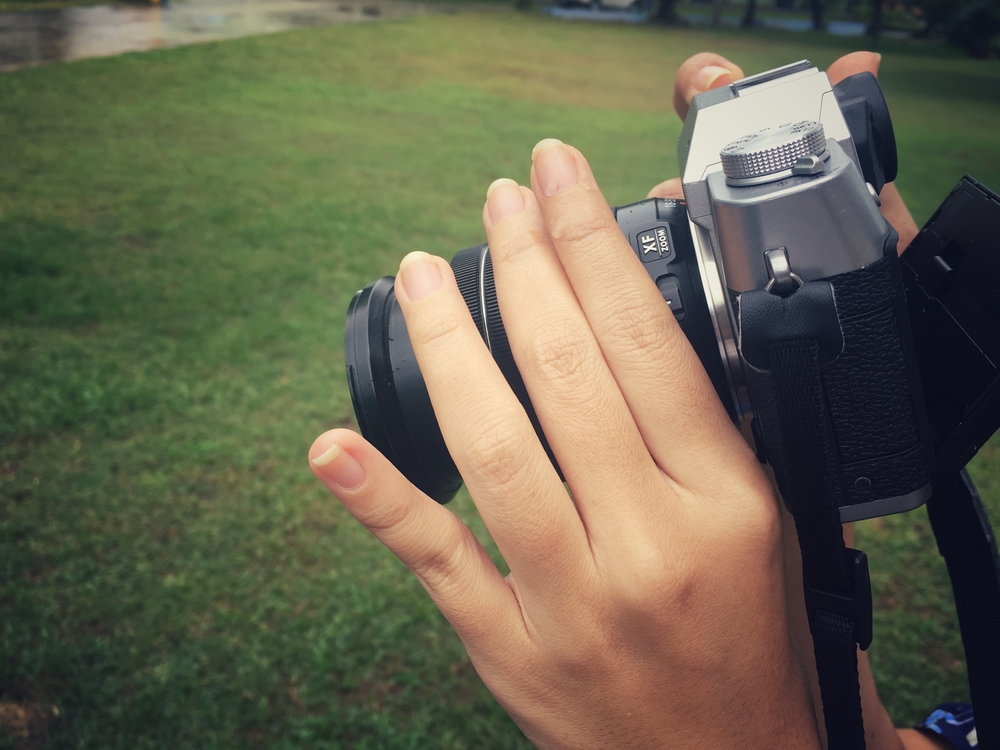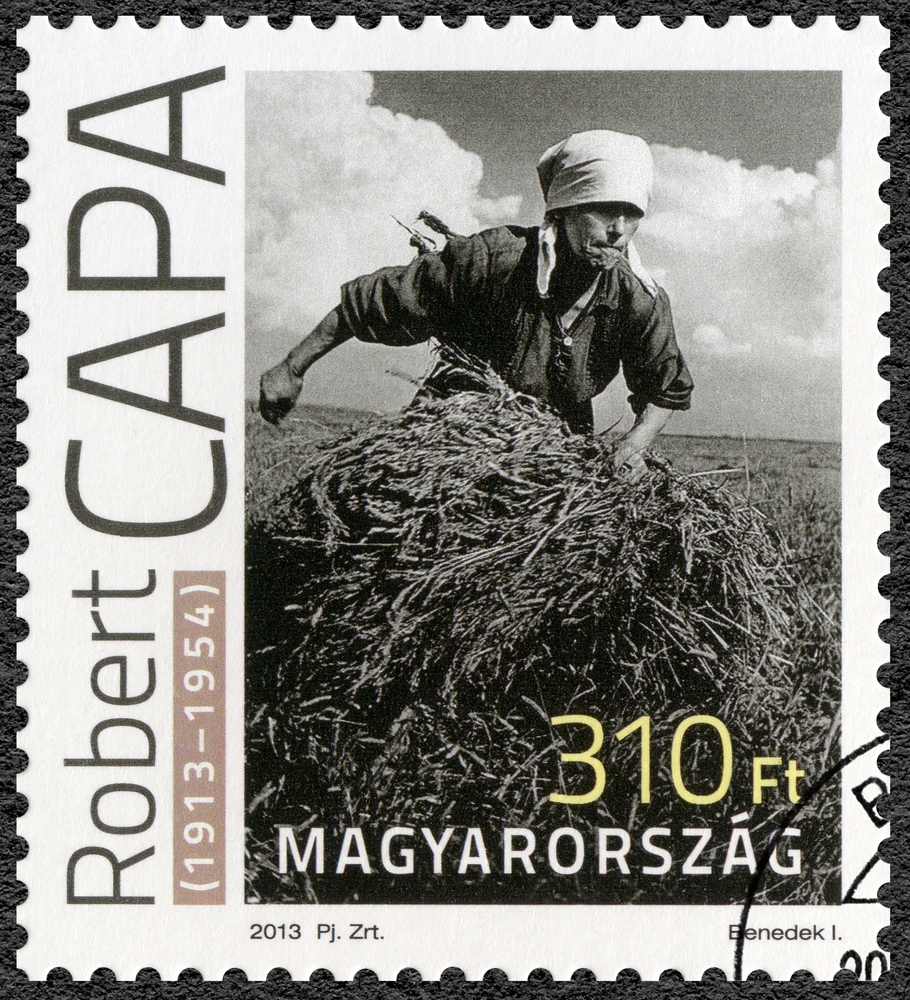It’s often said that a bad workman will blame their tools, but the only blame for a badly taken photograph is the photographer’s. If you haven’t taken the time to learn your way around your camera then it’s not the camera’s fault if the shot doesn’t work out.Here, our justphotographics.com experts will explain to first-time snappers just how your essential equipment ‒ your camera ‒ works.
Part One: Aperture
The aperture, simply put, is the hole that allows light into your camera to create the image. Measured in ‘f-numbers’ or ‘f-stops’, changing the aperture setting on your camera widens or shrinks the size of the hole which has an effect on the depth of field of your picture.So, a wide aperture, say f/1.4, will allow more light into the camera, resulting in a shallow depth of field. The background will be blurred in this picture. In contrast, a narrow aperture like f/22 will result in much less light being allowed in, and the deep depth of field created here will give a picture a sharper background.
Part two: Shutter Speed
When you press the button to take your shot, the camera’s mirror flips up and the shutter is opened. The light then creates the image on the sensor or film. How quickly, or slowly, the shutter opens and closes again determines the length of the exposure AND if there will be any motion blur.A slow shutter speed like 1/4 is a longer exposure with more blur than shooting at 1/1000 where motion can be frozen sharply.
Part Three: ISO
The ISO settings of your camera control the most essential part of the device ‒ the image sensor. The sensor essentially gathers the light and creates the images, so its settings are all-important. Your ISO settings will depend on your shooting environment, in a daylight scenario a lower ISO of 100 will suffice. But in lower light, dusk or even night, you’ll need to boost the ISO to 1600 and above to capture your image. Unfortunately, the higher the ISO, the more ‘noise’ or grain appears in digital images. So perhaps consider using a flash instead of boosting ISO in darker shots.These three pillars of photography should be studied and experimented with until it’s second nature to adapt your camera properly. Happy Shooting!
